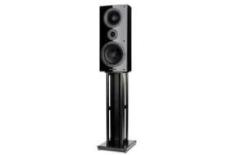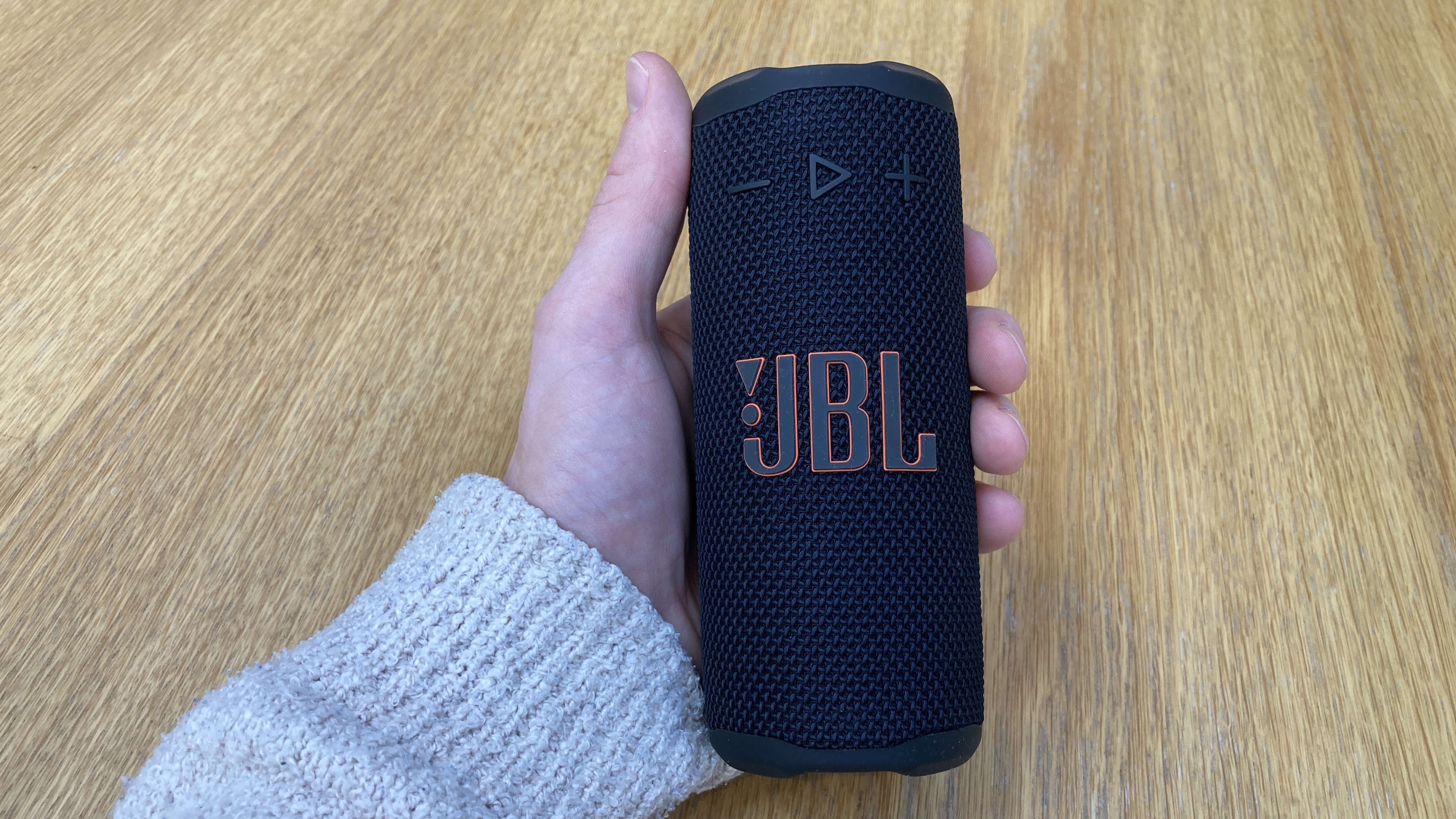What Hi-Fi? Verdict
If Wharfedale could fix the cohesion and drop the price, these speakers would challenge the best
Pros
- +
Astoundingly good tonal balance
- +
very detailed, especially in the midrange
- +
powerful, punchy bass
Cons
- -
Timing issues prevent true cohesion
- -
huge for standmounts
- -
pricey next to rivals
Why you can trust What Hi-Fi?
The Opus2-M1s are unfeasibly big for standmounters: on normal-sized stands, these 51cm-tall monsters loom in front of you, and there's a strong case for looking for some shorter supports if the tweeters aren't to be a long way above your ear-level.
You'll also notice some peculiarity to the driver array: this is a genuine three-way design with a dedicated, domed midrange unit, the benefits of which swiftly become apparent.
First, this driver can reproduce amazing levels of detail and clarity, so the entire midrange is amazingly insightful, ensuring vocals are particularly impressive. Second, the dome design means that the midrange driver's physical properties match those of the tweeter, making the crossover between mid and high frequencies tonally seamless.
Fully integrated
Obviously it's no good having such top-end balance if the bass is overpowering or too weak, but thankfully the integration continues right down to the lowest frequencies. Play Big Clouds by Tori Amos and you'll find excellent balance from the Wharfedales' deep, textured bass, through the pretty, disjointed lyrics, right up to the jangly piano accompaniment.
However, though the M1s specialise in cohesion of tone, they offer less than perfect cohesion of timing. Try a track like The Bridge of Khazad Dum from the Lord of the Rings soundtrack, and at busy moments you'll notice a somewhat disjointed and cluttered presentation. The low frequencies in particular don't quite integrate properly, and the underlying marching-drum track feels a little unrelated to the performance.
It's a bit of a shame really, as each driver is a star in isolation. Bass is punchy and deep, mids are beautifully insightful and treble is sparkly but rarely bright, but when asked to perform in unison, they don't quite manage it.
These are by no means the only speakers at this level to suffer from timing issues, but they do suffer more severely than most, which is a problem considering their price and unusual size.
The latest hi-fi, home cinema and tech news, reviews, buying advice and deals, direct to your inbox.
What Hi-Fi?, founded in 1976, is the world's leading independent guide to buying and owning hi-fi and home entertainment products. Our comprehensive tests help you buy the very best for your money, with our advice sections giving you step-by-step information on how to get even more from your music and movies. Everything is tested by our dedicated team of in-house reviewers in our custom-built test rooms in London, Reading and Bath. Our coveted five-star rating and Awards are recognised all over the world as the ultimate seal of approval, so you can buy with absolute confidence.


